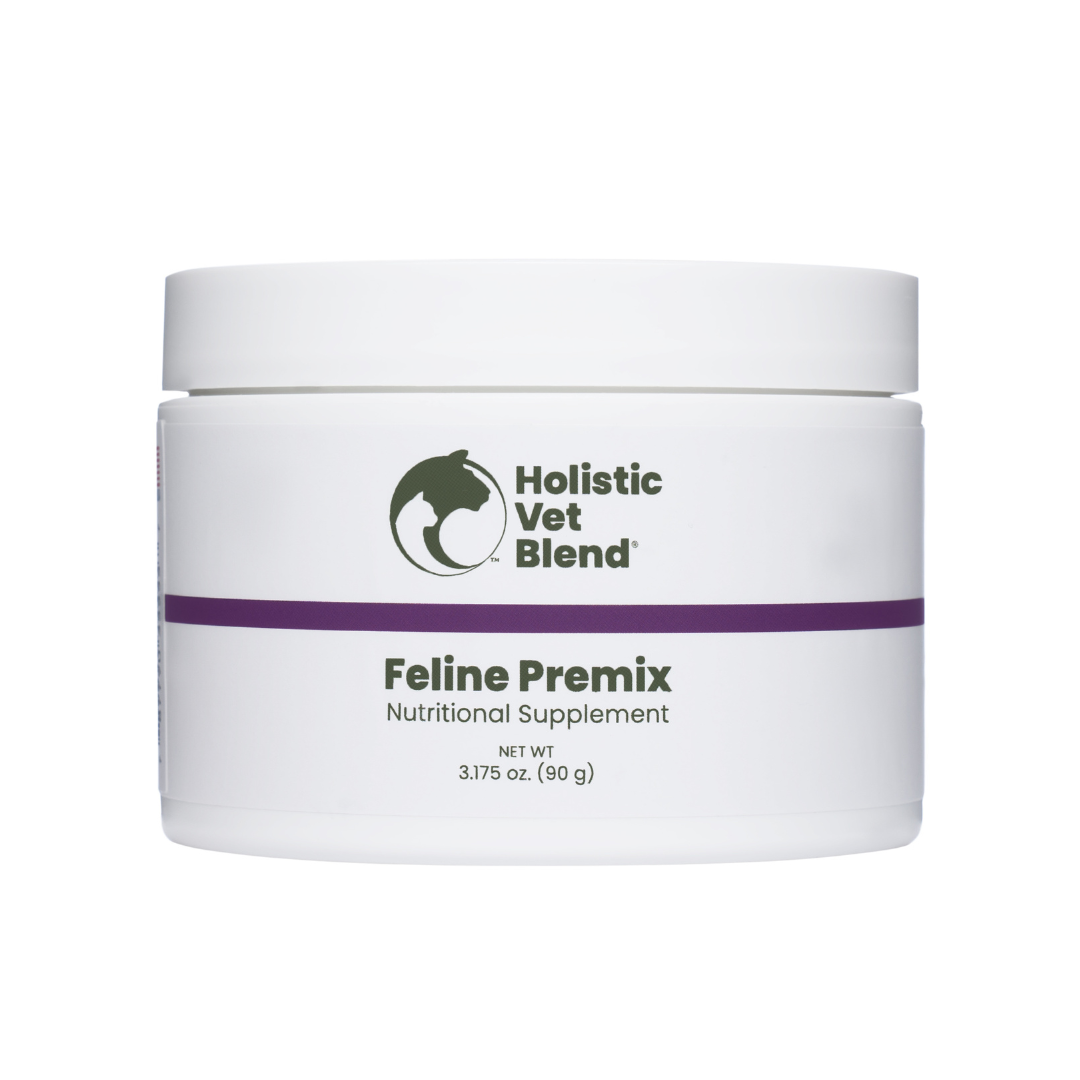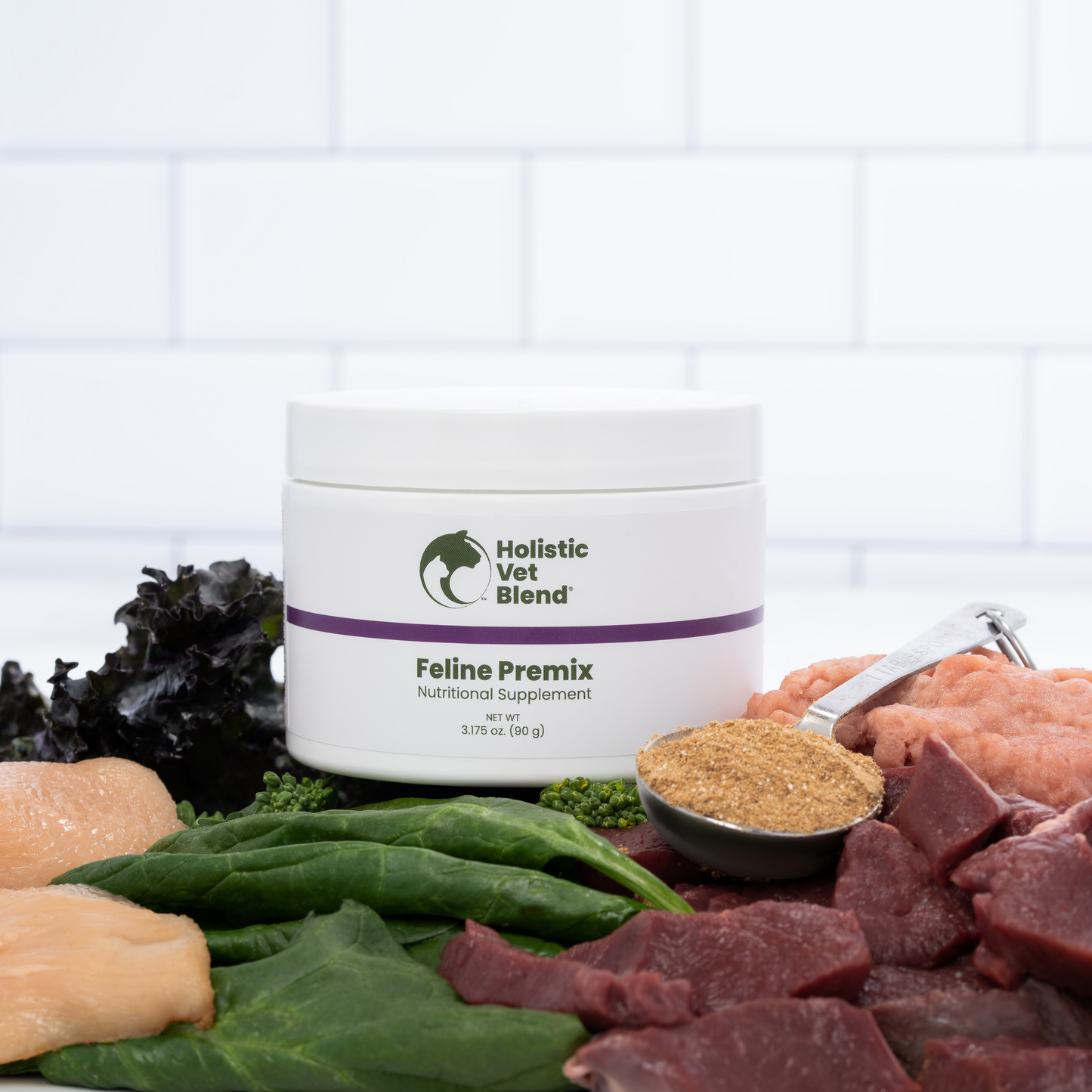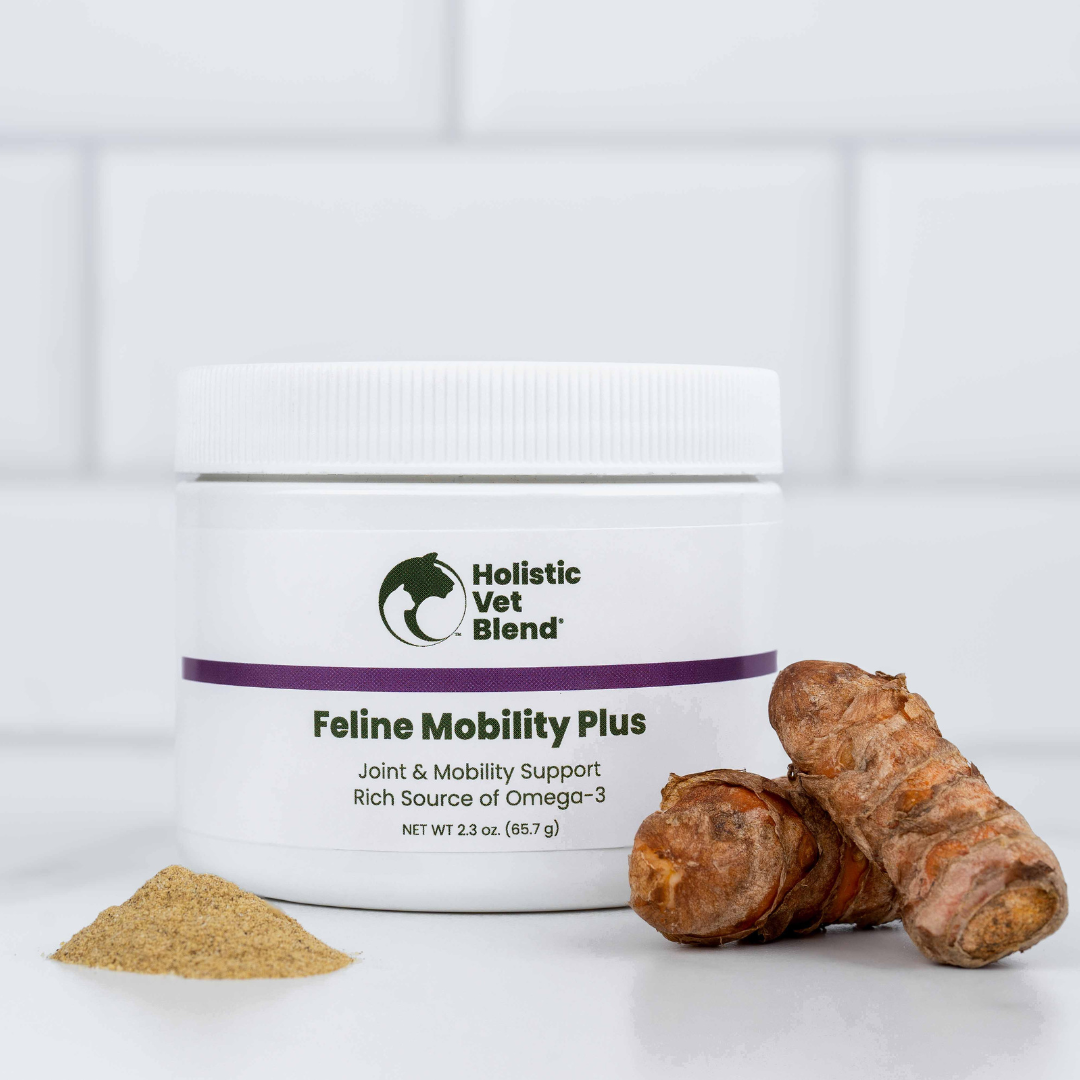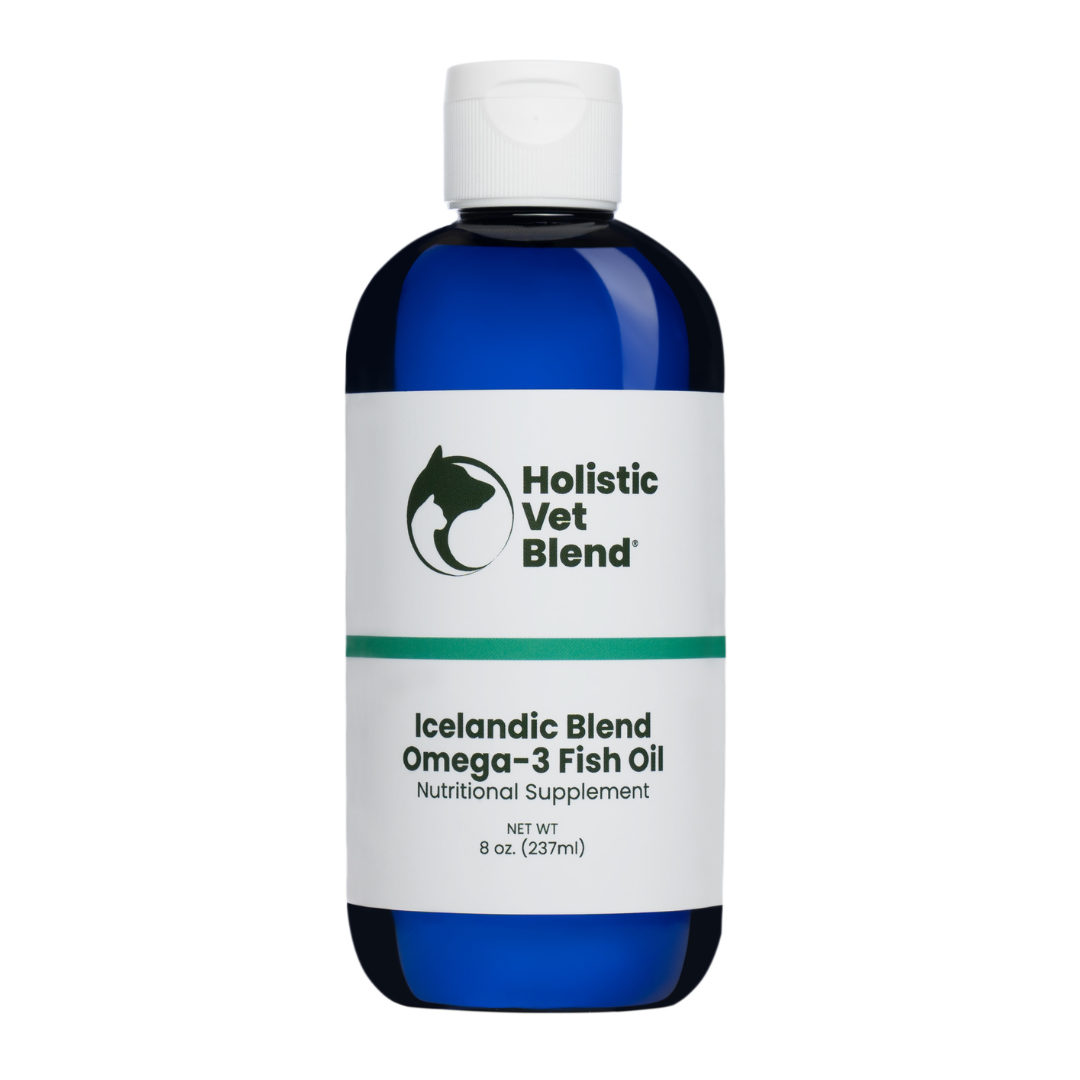
Key Highlights
- Choosing sustainable pet foods and toys can help reduce your carbon footprint
- Practicing responsible pet waste management is essential in decreasing your environmental impact
- Making your own pet food and treats can be a sustainable and cost-effective option
- Supporting eco-friendly pet companies can contribute to a greener future
- Using biodegradable poop bags and reducing pet food waste are simple ways to minimize your carbon footprint
- Adopting instead of buying from breed can help reduce greenhouse gas emissions
Introduction
Pets bring joy, companionship, and love to our lives. As pet owners, it is our responsibility to care for them and ensure their well-being. However, it's also important to consider the environmental impact of our furry friends. Pets, just like humans, have a carbon footprint that contributes to climate change. From the food they eat to the waste they produce, there are various ways in which pet ownership can have an environmental impact.
In this blog, we will explore 10 eco-friendly practices that pet owners can adopt to decrease their carbon footprint. These practices range from choosing sustainable pet foods to supporting eco-friendly pet companies. By making small changes in our pet care routines, we can make a significant difference in reducing our environmental impact and creating a greener future for our pets and the planet.
Eco-Friendly Practices for Pet Owners to Reduce Carbon Footprints
Owning a pet doesn't mean compromising on sustainability. By implementing eco-friendly practices, pet owners can significantly decrease their carbon footprints. Let's explore 10 eco-friendly practices that pet owners can adopt to reduce their environmental impact.
Cats are obligate carnivores and must gain essential nutrients from animal proteins. Dogs are facultative carnivores and can also eat vegetables and healthy carbohydrate sources for energy. We should think about incorporating healthy vegetables and carbohydrate sources into canine diets to satisfy their protein requirement first and foremost but consider diets with healthy ingredients that decrease their carbon footprint.
1. Choose Sustainable Pet Foods
Choosing sustainable pet foods is an essential step in reducing your pet's carbon footprint. Vegan diets are not the solution for cats, especially. Dogs can survive on a Vegan diet, but in my experience, they do not thrive. There is a happy medium where we feed them enough meat to satisfy their protein requirements and rely on healthy vegetables and complex carbohydrates to provide fiber, energy, and antioxidants.
- Look for brands that use sustainable sourcing and production methods.
- Avoid overfeeding your pet. Over 50% of dogs and cats are overweight. That's not exactly helping our pets or the environment.
- Consider homemade pet food using locally sourced ingredients. This not only reduces packaging waste but also ensures the use of sustainable and nutritious ingredients.
- By choosing sustainable pet foods, you can reduce the methane emissions associated with traditional animal agriculture and contribute to mitigating climate change.
2. Opt for Eco-Friendly Pet Toys and Accessories
When it comes to pet toys and accessories, opting for eco-friendly options can make a significant difference in reducing your carbon footprint. Here's how you can make eco-friendly choices for your pets:
- Choose toys made from sustainable materials such as hemp, recycled plastics, or natural rubber.
- Avoid toys with excessive packaging or single-use components.
- Consider repurposing household items as pet toys, such as cardboard boxes for cats, and tug toys from strips of braided old clothing.
- When it comes to accessories like collars and leashes, choose products made from recycled materials or natural fibers like hemp or bamboo.
- By opting for eco-friendly pet toys and accessories, you can reduce waste and promote sustainability in your pet's playtime.
3. Practice Responsible Pet Waste Management
Responsible pet waste management is crucial in minimizing the environmental impact of pet ownership. Here are some eco-friendly practices to consider:
- Use biodegradable poop bags made from plant-based materials instead of traditional plastic bags. These bags break down faster in landfills and reduce the amount of plastic waste.
- Dispose of pet waste in designated waste bins or compost it if allowed in your area.
- Avoid flushing pet waste down the toilet, as it can contaminate water sources.
- Consider using a pet waste composting system in your backyard to recycle your pet's waste into nutrient-rich soil.
- When purchasing pet products, choose items with minimal packaging or packaging made from recycled materials.
- By practicing responsible pet waste management, you can reduce the amount of waste that ends up in landfills, minimize methane emissions from waste decomposition, and contribute to a cleaner environment.
4. Make Your Own Pet Food and Pet Treats
Making your own pet food and treats is not only a sustainable choice but also allows you to control the ingredients your pet consumes. Here's how you can make your own pet food and treats:
- Research and consult with a veterinarian to ensure your homemade pet food meets your pet's nutritional needs.
- Use locally sourced, organic ingredients whenever possible to support sustainable agriculture practices.
- Consider using leftovers from your own meals to create homemade pet food, reducing food waste in the process.
- Avoid using single-use plastic packaging for homemade treats. Store them in reusable containers or make smaller batches to reduce food waste.
- Experiment with homemade treat recipes using ingredients like pumpkin, sweet potatoes, and oats. These ingredients are nutritious and can be sourced sustainably.
- By making your own pet food and treats, you can reduce greenhouse gas emissions associated with commercial pet food production, promote sustainability, and minimize packaging waste.
5. Support Eco-Friendly Pet Companies
One of the most impactful ways to reduce your pet's carbon footprint is by supporting eco-friendly pet companies. Here's how you can do that:
- Look for pet companies that prioritize sustainability in their manufacturing processes and materials sourcing.
- Choose products made from recycled or upcycled materials, such as beds made from recycled plastic bottles or toys made from repurposed materials.
- Support pet companies that participate in recycling programs or have initiatives to reduce their environmental impact.
- Consider purchasing from companies that donate a portion of their proceeds to environmental causes or engage in reforestation efforts.
- By supporting eco-friendly pet companies, you are promoting sustainability in the pet industry and encouraging others to prioritize the environment in their pet care choices.
6. Use Biodegradable Poop Bags
Using biodegradable poop bags is a simple yet effective way to reduce your pet's environmental impact. Here's why it matters:
- Traditional plastic poop bags take hundreds of years to decompose in landfills, contributing to plastic waste and pollution.
- Biodegradable poop bags are made from materials that break down more quickly and can be safely composted.
- Look for poop bags labeled as biodegradable or compostable to ensure they meet environmentally friendly standards.
- Using biodegradable poop bags reduces the demand for single-use plastic bags and promotes sustainable waste management practices.
- By using biodegradable poop bags, you are minimizing the amount of plastic waste that ends up in landfills and supporting sustainable waste management solutions.
7. Reduce Pet Food Waste and Don't Overfeed Your Pet
Reducing pet food waste and avoiding overfeeding your pet can have a significant impact on your pet's carbon footprint. Here's how to do it:
- Measure your pet's food portions accurately to avoid overfeeding. Consult with your veterinarian to determine the appropriate amount of food for your pet's size and activity level.
- Avoid leaving food out all day. Instead, establish a feeding schedule to ensure your pet consumes their food promptly.
- Store pet food properly to prevent spoilage and waste. Use airtight containers to maintain freshness.
- If your pet refuses to eat a certain type of food, donate it to a local animal shelter or rescue organization instead of throwing it away.
- By reducing pet food waste and feeding your pet appropriately, you can minimize methane emissions from food decomposition and contribute to a more sustainable pet care routine.
8. Adopt, Don’t Shop
When considering adding a new pet to your family, adopting from a shelter or rescue organization is a sustainable and compassionate choice. Here's why adoption matters:
- Adopting a pet reduces the demand for breeding, which contributes to greenhouse gas emissions.
- Shelters and rescue organizations provide a second chance for pets in need, reducing the number of animals in overcrowded facilities.
- When you adopt, you're giving a home to a pet that might otherwise be euthanized or spend their life in a shelter.
- Adopted pets often come spayed or neutered, reducing the need for additional carbon-intensive veterinary procedures.
- By adopting instead of buying from breeders, you can help reduce greenhouse gas emissions associated with animal breeding and support the well-being of animals in need.

9. DIY Pet Toys from Recycled Materials
Repurpose old items like t-shirts or socks to create engaging toys for your pets. These DIY projects not only keep your furry friends entertained but also reduce waste by utilizing recycled materials. By upcycling household items into toys, pet owners can contribute to lessening the environmental impact associated with pet care. Embracing sustainable practices like crafting toys from recycled materials aligns with the goal of decreasing carbon footprints while fostering a sense of creativity and eco-consciousness.
10. Minimize Pet Bath Water Usage
Minimizing pet bath water usage is a simple yet effective way to reduce your pet's carbon footprint. Here's how to do it:
- Use a low-flow showerhead or a bucket to reduce the amount of water used during baths.
- Wet your pet's fur, turn off the water, lather with pet-friendly shampoo, and then rinse quickly to minimize water consumption.
- Consider using dry shampoos or wipes between baths to keep your pet clean and fresh.
- Use a towel or a pet-specific drying device to minimize the need for excessive energy consumption from hairdryers.
- By minimizing pet bath water usage, you can conserve water resources, reduce energy consumption, and contribute to a more sustainable pet care routine.
Impact of Pets on the Environment
While pets bring us joy and companionship, it's important to recognize their impact on the environment. From the production of pet food to the waste they generate, pets contribute to greenhouse gas emissions and environmental degradation. Understanding your pet's carbon pawprint can help you make informed choices as a responsible pet owner.
Understanding Your Pet’s Carbon Pawprint
Your pet's carbon pawprint refers to their environmental impact in terms of greenhouse gas emissions. Here are some factors that contribute to your pet's carbon pawprint:
- The production and transportation of pet food, which often involves energy-intensive processes and agricultural practices.
- Methane emissions from pet waste, which contribute to climate change.
- The manufacturing and disposal of pet toys, accessories, and other pet-related products.
- By understanding your pet's carbon pawprint, you can make conscious choices to minimize their environmental impact and contribute to a more sustainable future.
The Benefits of Choosing Eco-Friendly Pet Products
Choosing eco-friendly pet products can have numerous benefits for both the environment and your pet's health. Sustainable pet products are designed with a focus on sustainability, using materials and manufacturing processes that have a reduced impact on the environment. By choosing these products, you are supporting companies that prioritize sustainable practices, such as using renewable energy sources and reducing waste.
Additionally, eco-friendly pet products often use fewer chemicals, making them safer for your pet's health. Many conventional pet products contain harmful ingredients that can be absorbed through your pet's skin or ingested when they groom themselves. By opting for eco-friendly alternatives, you can reduce your pet's exposure to these potentially harmful substances.
Furthermore, eco-friendly pet products often involve less energy consumption in their production and packaging. This means that choosing these products can help reduce carbon emissions and decrease your pet's overall carbon footprint.
Integrating Eco-Conscious Practices into Your Pet’s Routine
Integrating eco-conscious practices into your pet's routine can make a significant difference in reducing their carbon footprint. Simple changes, such as using biodegradable waste bags and opting for natural cleaning products, can have a positive impact on the environment.
By choosing eco-friendly options for grooming, such as shampoos and conditioners made from natural ingredients, you can reduce the amount of chemicals that are washed down the drain and into the water supply.
Additionally, recycling your pet's toys, bedding, and other accessories can help minimize waste and promote a more sustainable lifestyle. Look for products made from recycled materials or donate gently used items to minimize their environmental impact.
Easy Switches to Eco-Friendly Pet Care
Making easy switches to eco-friendly pet care can greatly reduce your pet's carbon footprint. One simple change is to use biodegradable waste bags when picking up after your pet. These bags break down naturally over time, reducing the amount of plastic waste in landfills.
Another eco-friendly switch is to choose natural and chemical-free grooming products for your pet. This not only reduces the amount of chemicals being used and washed down the drain but also promotes a healthier and more sustainable lifestyle for your pet.
Additionally, consider using eco-friendly cleaning products in your home, particularly in areas where your pet spends a lot of time. Many conventional cleaning products contain harsh chemicals that can be harmful to both your pet and the environment. Opting for natural and non-toxic alternatives can help minimize your pet's exposure to these harmful substances while still keeping your home clean and fresh.
Engaging Your Pet in Sustainable Activities
Engaging your pet in sustainable activities not only helps reduce their carbon footprint but also provides mental and physical stimulation. Here are some ways you can involve your pet in sustainable practices:
- Recycle their toys: Choose toys made from sustainable materials, such as recycled plastic or organic cotton. When toys are worn out or no longer used, recycle them instead of throwing them away.
- Use natural cleaning products: Opt for pet-safe and eco-friendly cleaning products when cleaning your pet's living spaces. This reduces the use of harsh chemicals that can harm the environment and your pet.
- Practice responsible waste management: Ensure that you dispose of your pet's waste in an eco-friendly manner. Use biodegradable waste bags or consider composting pet waste in a designated area. This helps reduce greenhouse gas emissions and prevents contamination of water sources.
- Plant pet-friendly gardens: Create a pet-friendly garden with plants that are safe for your pet to explore. This not only provides a natural and stimulating environment for your pet but also contributes to cleaner air and reduced carbon emissions.
Conclusion
By implementing these eco-friendly practices for pet owners, you can significantly reduce your carbon footprint and contribute to a greener environment for all. From choosing sustainable pet foods to supporting eco-friendly pet companies, every small step counts towards a more sustainable future. By being mindful of your pet's impact on the environment and making conscious choices in their care, you are not only benefiting the planet but also setting an example for others to follow. Together, we can make a difference through environmentally conscious pet ownership practices. Let's work towards a healthier planet for our beloved pets and future generations.
Frequently Asked Questions
What Are the Best Sustainable Pet Food Brands?
The best sustainable pet food brands prioritize sustainability, using high-quality ingredients sourced from sustainable farms. They also focus on reducing methane emissions, minimizing waste through recycling and composting, and using eco-friendly packaging materials that are easily recyclable.
How Can I Dispose of Pet Waste in an Eco-Friendly Manner?
To dispose of pet waste in an eco-friendly manner, use biodegradable waste bags or consider composting pet waste in a designated area. Avoid throwing pet waste in regular trash bins, as it contributes to landfill waste and generates harmful methane gas emissions.
Are There Eco-Friendly Options for Pet Bedding and Apparel?
Yes, there are eco-friendly options for pet bedding and apparel. Look for products made from sustainable materials such as organic cotton, bamboo, or recycled materials. These options prioritize sustainability, minimize energy consumption, and reduce waste through recycling and packaging.
How Do I Get Started with Eco-Friendly Pet Care?
Getting started with eco-friendly pet care is easy. Begin by making simple switches, such as using biodegradable waste bags, opting for natural grooming products, and recycling your pet's toys and accessories. These small changes can have a big impact on reducing your pet's carbon footprint and promoting a more sustainable lifestyle.
Can Eco-Friendly Pet Practices Really Make a Difference?
Yes, eco-friendly pet practices can make a significant difference in reducing carbon emissions and mitigating climate change. By choosing sustainable products, engaging in eco-conscious practices, and making simple switches, pet owners can contribute to a greener future for their pets and the planet.
What Are Some Common Misconceptions About Eco-Friendly Pet Ownership?
Some common misconceptions about eco-friendly pet ownership include the belief that it is expensive or inconvenient. However, there are affordable and practical options available, such as choosing sustainable pet products, recycling, and engaging in eco-conscious practices. These choices can reduce waste, minimize landfill contributions, and promote a more sustainable lifestyle.















